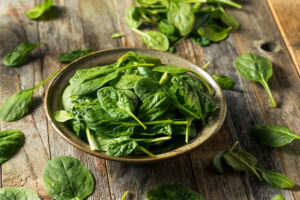
Top Foods to Manage EoE Symptoms
Eosinophilic esophagitis is a chronic inflammatory condition affecting children and adults. It occurs due to inflammation of the esophagus, which leads to issues in contraction. In some cases, the esophagus may also become narrower and develop abscesses. Nausea, vomiting, heartburn, stomach pain, difficulty swallowing, and food getting caught in the esophagus are some of the symptoms. Read on to know more about this condition and which foods can help manage the symptoms. What You Must Know About Eosinophilic Esophagitis Eosinophilic esophagitis (EoE) has become one of the most common esophageal and reflux diseases. When a person has EoE, white blood cells known as eosinophils accumulate or overcrowd the esophagus, causing pain and inflammation. Though eosinophils are meant to protect us from infection, if there are too many and they begin to collect in the wrong places, it causes problems. Allergies, infections, and diseases like inflammatory bowel disease, vasculitis, sarcoidosis, some types of blood cancers, and autoimmune myocarditis can lead to the overcrowding of eosinophils. If one finds it difficult to swallow food or if it frequently gets stuck in the throat, it could indicate EoE. Family history and genetic changes can also lead to an increase in the number of eosinophils.
Read More 




